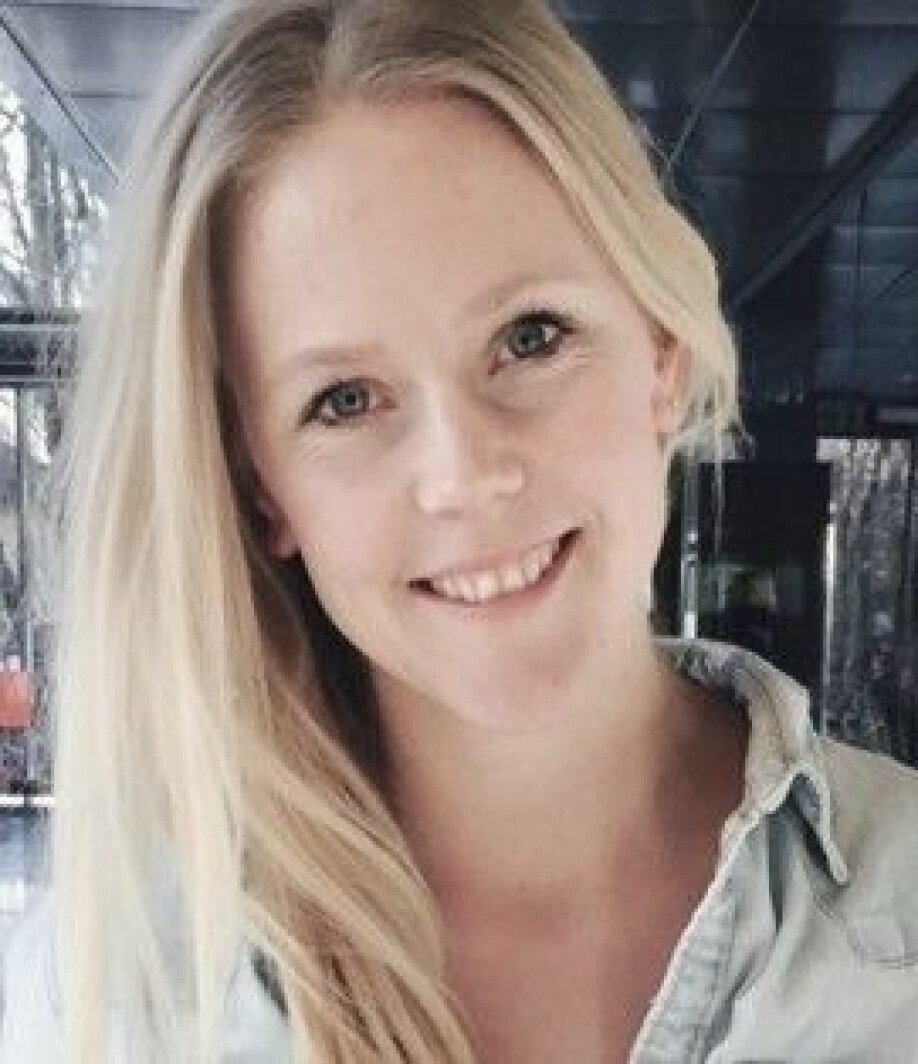
Could your brain run out of space?
ASK A RESEARCHER: Everything we know is stored in the brain, but can we eventually run out of space?
The closing credits of your favourite reality series are scrolling through after the episode.
After treating yourself to some junk TV, fear sets in as you think, “Given all the things we can choose to remember, I’m using up my brain space on this?”
But is there actually any limit to how much we can remember, or is there room to devour and store all the knowledge in ScienceNorway archives?
Short and long
Anne Cecilie Bråthen is a brain researcher at the University of Oslo, and she tells us that a lot of factors come into play.

“First of all, it’s good to keep in mind that memory consists of a lot of different processes and storage types. These storage places vary widely in their capacities,” she says.
She explains that the two main categories of memory are working memory (often popularly called short-term memory) and long-term memory.
“Working memory is much more finite than a lot of people think. It’s extremely limited,” says Bråthen.
“For example, working memory isn’t about remembering something you were told earlier today. It’s much more limited in both time and quantity than that,” she says.
Working memory is the ability we have – in the fleeting here and now – to remember or work with information before it disappears into oblivion.
“In terms of time, it normally lasts only a matter of seconds,” Bråthen says.
What’s your number?
Imagine sitting with your phone in your hand, ready to enter a number. Somebody reads each number for you, without stopping or repeating, one by one. Now it's your turn to enter the number.
Chances are good that the numbers would overwhelm you.
“This example gives us insight into how limited parts of our memory are, in this case our working memory. If you were asked to repeat the telephone number backwards, you’d undoubtedly feel how extremely limited working memory is,” Bråthen says.
But we can manage to enter the correct number by "tricking" our working memory a little. If we divide the numbers into smaller units, say three or four digits, the brain has fewer things to keep track of.
For example, we can split a number like 75209387 into four chunks: 75 20 93 87. It’s no coincidence that telephone numbers are often divided this way.
“If we repeat the phone number to ourselves occasionally, we may even be able to store it in long-term memory,” says Bråthen.
Memories that stick
“The capacity of our long-term memory is luckily much better – and conceivably virtually unlimited,” she says.
Long-term memory is our real memory bank. The things we’ve learned and experienced are stored here.
“This storehouse is what allows us to travel back in time to relive good memories, which means that all those dates you learned in history class are still there, as well as ‘never forgetting how to ride a bike,’ in fact,” Bråthen says.
“The problem with long-term memory, to a greater extent than the storage space itself, possibly lies in how well we encode the information so that it actually ends up in long-term memory or in the process that helps us remember the events later,” she says.
Bråthen points out how we sometimes are able to recognize something without remembering it on our own.
“But both parts require remembering the events and not forgetting them.
Even if long-term memory might be limitless in theory, is it really possible physically? Let's take a trip into the theoretical.
Brain as a hard drive
“Well, quantifying this sort of capacity is a bit difficult,” says Gaute Einevoll.

Einevoll is a professor of physics and a brain researcher at the Norwegian University of Life Sciences (NMBU).
“But you can compare long-term memory a bit with hard drives. If you have a nice, modern laptop, it might have one terabyte of storage,’ he says.
One terabyte is a thousand gigabytes, and one gigabyte is a thousand megabytes. If you continue to divide by a thousand, you get to kilobytes, and then just to single bytes.
In other words, one terabyte is the same as 1 000 000 000 000 000 bytes.
If you think these numbers are big, we still have to divide one more time: one byte is usually divided into eight bits.
Bits are the “atoms” of computers, their most basic constituents: on and off, zero and one.
Synapses
“One of the most important factors for how well things are stored in the brain is in the connection between two nerve cells, called synapses,” says Einevoll.
The synapses in the brain send signals, a bit like on and off, zero and one.
“The number of nerve cells, or neurons, that you have in your brain is about 100 billion, and each neuron has a thousand synapses,” he says.
Einevoll does a bit of figuring.
That means the storage space would come to a hundred thousand billion times a thousand bits, giving you a number followed by fourteen zeros. In other words, one hundred terabits or a little over ten terabytes, according to Einevoll’s reckoning.
But wait, does the brain only have as much storage space as a top-notch PC? As expected, it’s not quite that simple.
“Another thing with these synapses is that some relatively new studies are saying that synapses don’t exist only in one state, like zero or one,” says Einevoll.
“I know of at least one article that came out a few years ago and said that synapses have 26 different levels,” he adds.
If you then calculate the number of possible combinations, we’re talking really astronomical numbers that are far above the capacity of most calculators.
But maybe it's not that important to figure it all out. Not all synapses in the brain are used to remember things.
Einevoll says, “This is just a rough estimate. An upper limit, sort of. It’s probably far below the actual capacity.”
Translated by Ingrid P. Nuse.






























